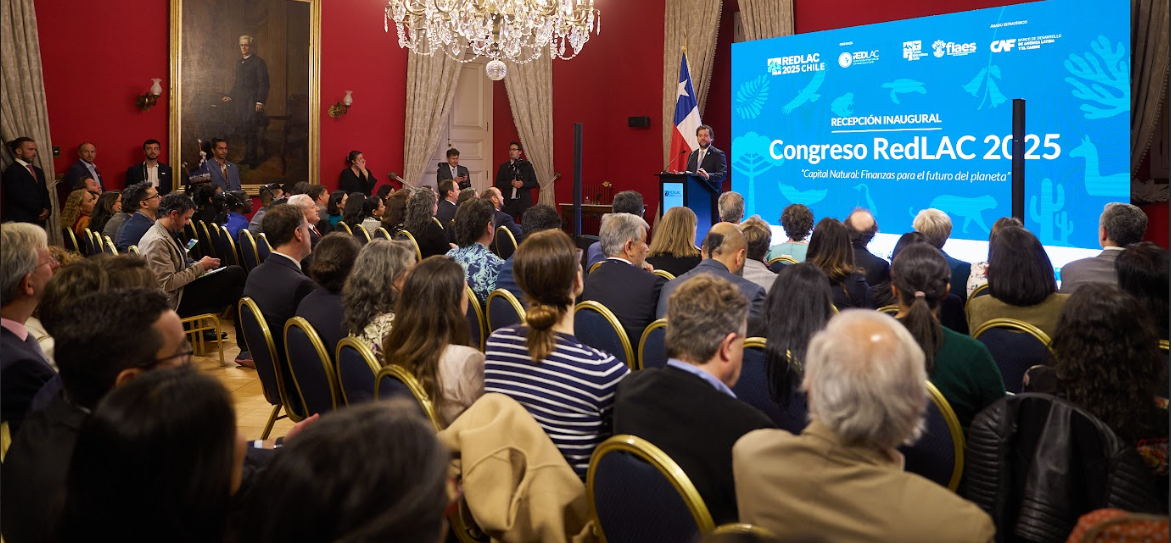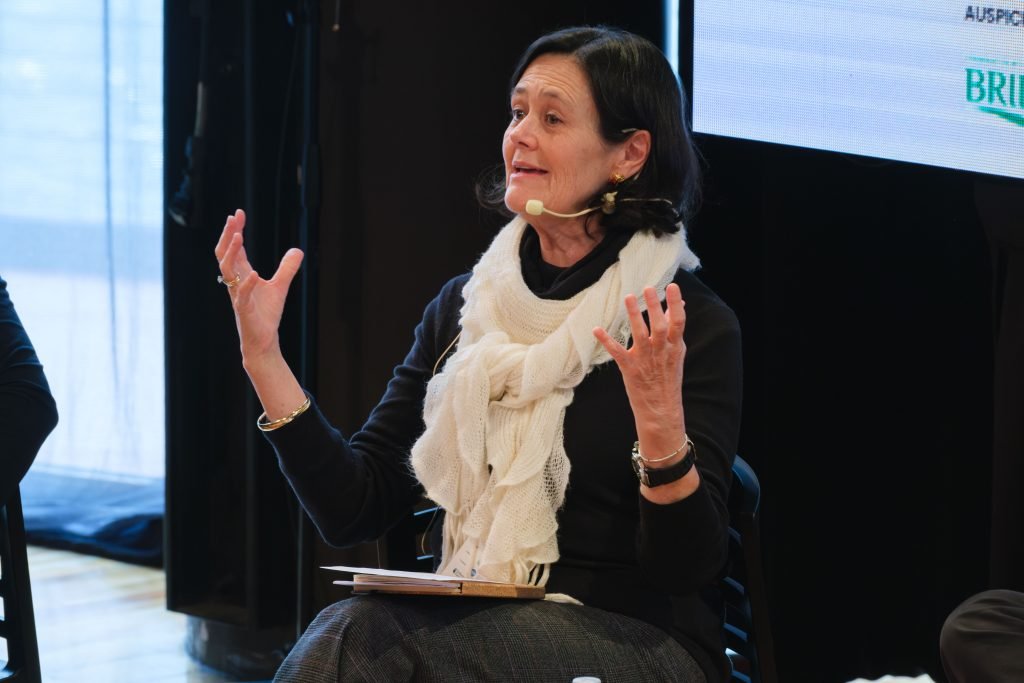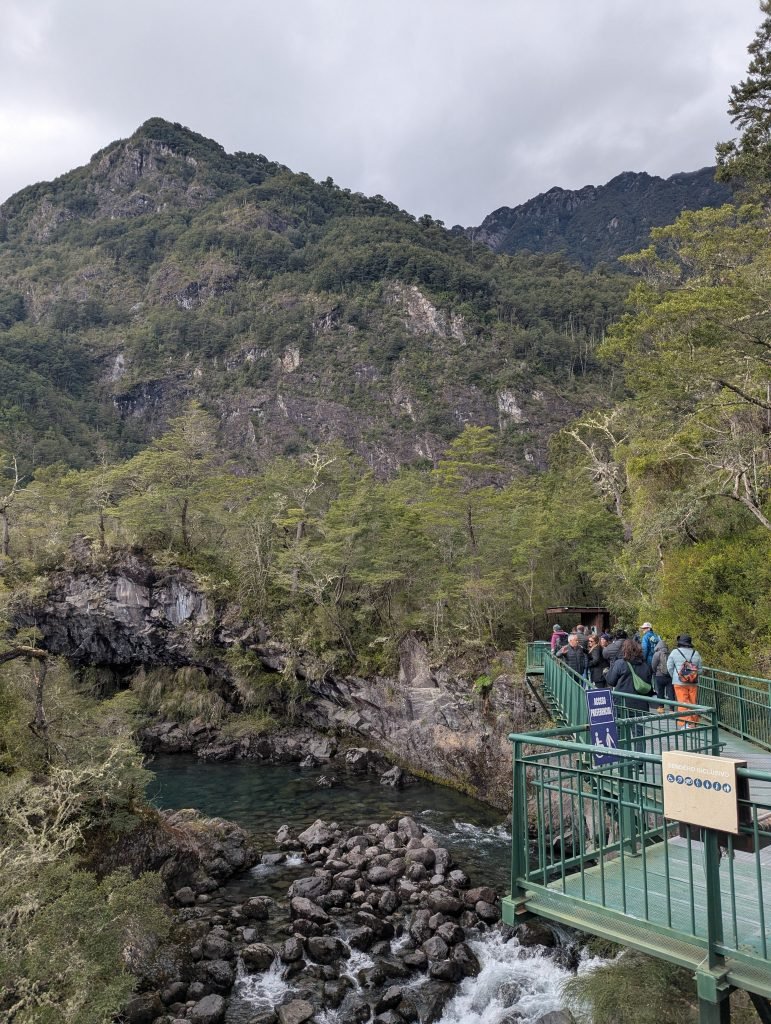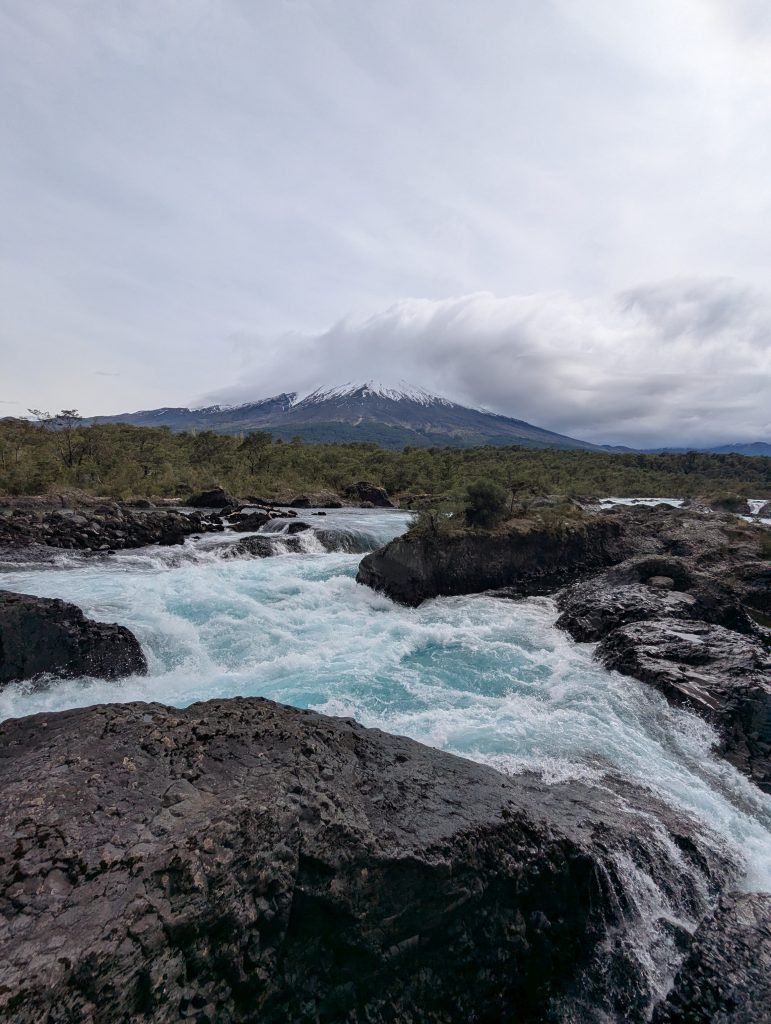RedLAC 2025 Congress: A Space for Conservation and Sustainable Finance

Photo: RedLAC
The RedLAC 2025 Congress, held in Chile from September 30 to October 3, was a gathering marked by commitment, innovation, and hope for the future of our planet. MAR Fund participated in this annual event, which brings together environmental funds and key stakeholders to strengthen financing dedicated to environmental conservation.
This edition was organized by Fondo Naturaleza Chile in collaboration with the Network of Environmental Funds of Latin America and the Caribbean (RedLAC) and took place in the cities of Santiago and Frutillar. From local voices to international experts, the dialogue centered on how financial innovation and cooperation are essential to tackling today’s most pressing environmental challenges.
RedLAC is a vibrant and growing community that has united 34 funds from 20 countries since its founding in 1999. Through initiatives that build capacity and manage knowledge, RedLAC fosters connections among the region’s environmental funds with the goal of conserving biodiversity and promoting sustainable development. Its members support the protection of over 900 natural areas, positioning RedLAC as a key actor in advancing innovative and collaborative financial solutions to safeguard the most critical ecosystems in Latin America and the Caribbean.
MAR Fund shared its experiences and continued learning from other organizations that, like us, are driven by the belief that conservation is possible when we act collectively.

Our Executive Director, María José González, took part in the panel on the trajectory and impact of environmental funds, where she recounted the history of the network’s creation and reflected on this pivotal moment for RedLAC as it becomes institutionalized. She also participated in the panel titled “Oceans in Danger: Conservation and Sustainable Management of the Marine Ecosystem,” where she addressed the urgent need to protect our oceans.
María José presented MAR Fund’s vision for the most effective strategies to conserve and sustainably manage coastal and marine ecosystems, and shared her perspective on the role of environmental funds in establishing long-term financial mechanisms that are both effective and sustainable. She emphasized that environmental funds should serve as “aggregators of partners and allies” in the design, establishment, and operation of mechanisms that are innovative yet complex in structure and management. The panel explored strategies to enhance the resilience of these ecosystems in the face of threats such as climate change, pollution, and overexploitation, underscoring that successful conservation requires a blend of scientific knowledge, innovative financing, and collaborative efforts among communities, governments, and scientists.
Presentations and panels addressed a range of timely topics, including ocean health, the potential of artificial intelligence for conservation, watershed restoration, and the urgency of adopting a Nature Positive approach. The final field visit to Vicente Pérez Rosales National Park served as a vivid and inspiring reminder of what we are protecting and why every effort matters.
Photos courtesy of RedLAC
 |
 |




